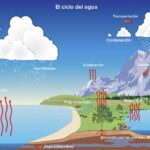We explain what the natural regions of Mexico are, how they are distinguished from each other and what the characteristics of each one are.
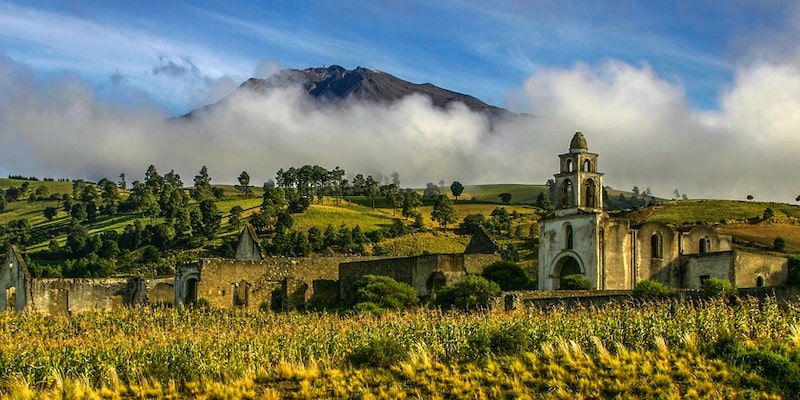
What are the natural regions of Mexico?
Natural regions are territorial units into which a country or a region can be divided, according to a set of determining features of the relief, hydrography, climate, vegetation and other natural characteristics.
Each of these regions has a geographical identity that allows them to be studied separately, since they are determined by certain climatic, topographical and biotic conditions.
In the case of the Mexican territory, these natural regions are six:
- The humid jungle present in the regions of Yucatán, Campeche, Quintana Roo, Tabasco, Chiapas and Veracruz.
- The temperate forest present in the regions of Baja California, Oaxaca, Chiapas and along the Sierra Madre and the Neovolcanic Axis.
- The cloud forest present in the regions of Chiapas, Guerrero, Oaxaca and Jalisco.
- The thicket present in the regions of Aguascalientes, Baja California, Chihuahua, Coahuila, Durango, Guanajuato, Jalisco, Nuevo León, Querétaro, San Luis Potosí, Sinaloa, Sonora, Zacatecas, part of Puebla and part of Oaxaca.
- The grassland present in Chihuahua, Coahuila, Sonora, Durango, Zacatecas, Jalisco and San Luis Potosí.
- The dry jungle present in the regions of Sinaloa, Baja California and the Pacific coastal plain.
Map of the natural regions of Mexico
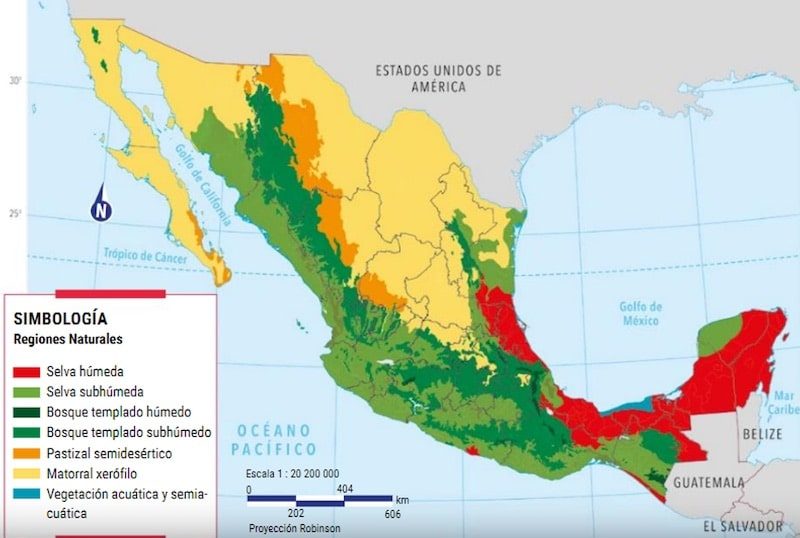
The humid jungle
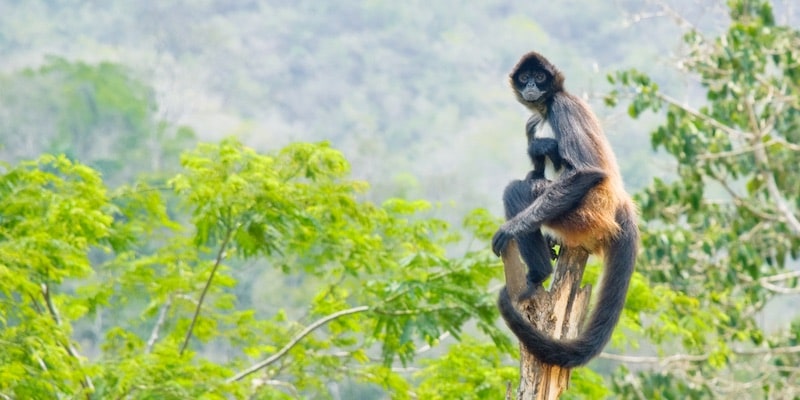
Also called tropical forest, the humid jungle It is characterized by the abundance and exuberance of its vegetation which reaches large dimensions throughout different strata. In these regions it is usually hot and rains heavily throughout the year, and inhabits the highest concentration of animal and plant species in the country that is, they are regions of very high biodiversity.
The vegetation of the Mexican jungles is usually evergreen, abundant in trees up to 30 meters high, as well as lianas, epiphytes and palms. Among its most frequent animal species are the jaguar, the spider monkey, the scarlet macaw, the swamp crocodile, the mazacuata boa, the golden eagle, the anteater and a wide variety of insect and arachnid species.
The humid jungles traditionally occupied around 9% of the Mexican territory, a figure that in recent years has decreased to 4.7% (equivalent to about 91,566 km2). Currently, they are almost limited to the Atlantic region of the territory, from San Luis Potosí to Veracruz, Tabasco and the Yucatán Peninsula, although they are also found in the region of the Selva Madre del Sur de Oaxaca and Guerrero.
The temperate forest
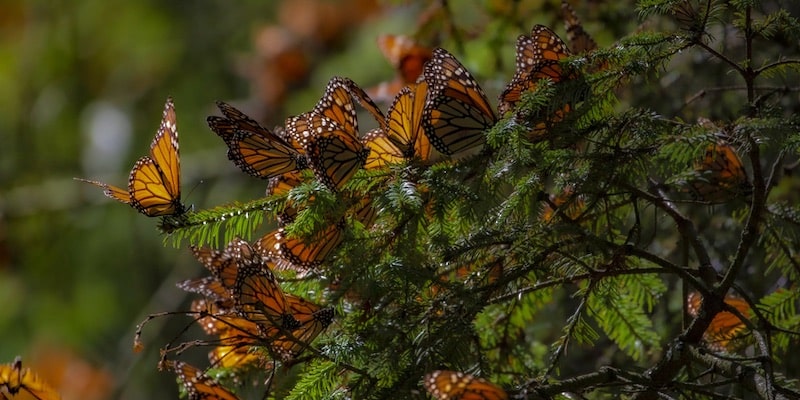
Temperate forests are typical of temperate climatic regions, that is, they tend to be cold. are usually found in mountainous regions, where there is a great plant diversity with more than 7,000 different species of trees.
Among these species, pine and oak are abundant in Mexico, to the point that around 50% (50 species) and 33% (200 species) respectively of the world's species live in the country, in evergreen plant communities, even during the winter. Although these trees are more similar to those in Canada and the United States, in Mexico There are also numerous endemic species, such as the fir, the ayarín or the pinabete.
On the other hand, a varied and important fauna also lives in these regions, among whose species the Mexican wolves, black bears, white-tailed deer, rainbow trout and monarch butterflies stand out.
Today, temperate forests cover 16% of the Mexican territory (equivalent to about 323,300 km2). They are concentrated in regions between 2,000 and 3,400 meters of altitude, especially in Baja California, the Sierra Norte of Oaxaca, the south of Chiapas, the Sierra Madre Oriental and Occidental, and also the Neovolcanic Axis.
The cloud forest
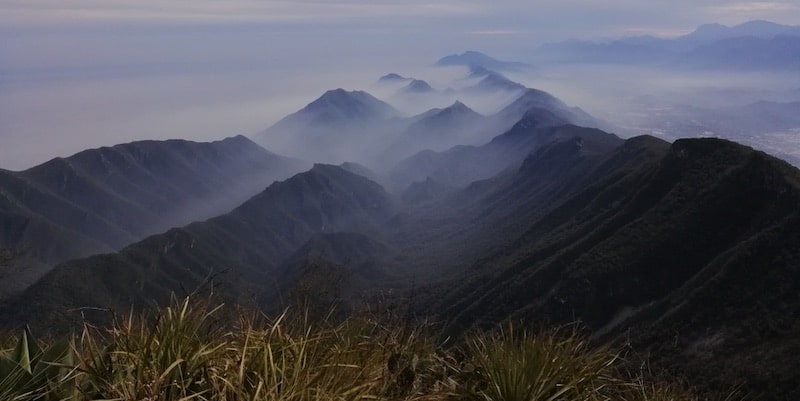
The cloud forest, cloud forest or mountain cloud forest is an intermediate region between the humid forest and the temperate forest. As their name reveals, these forests are covered in mist and fog for much of the year, so There is a lot of humidity and rainfall tends to be constant. This also means that temperatures range between 12 and 23 °C throughout the year, although they can drop even lower during winter.
Cloud forests can host an important variety of plant and animal species, since constitute a transitional ecosystem between the jungle and the mountains Trees of various strata abound, a good part of which lose their leaves during the winter (that is, they are deciduous), in addition to ferns and epiphytes, and parasitic plants such as orchids, bromeliads and lianas.
Forests are not abundant in Mexico, since they require very humid areas for their support. occupy only 1% of the national territory (equivalent to 18,534 km2) and are distributed in small regions of 20 states, mostly in the vicinity of the Sierra Madre Oriental, the Sierra Norte de Chiapas and the Sierra Madre del Sur.
The thicket
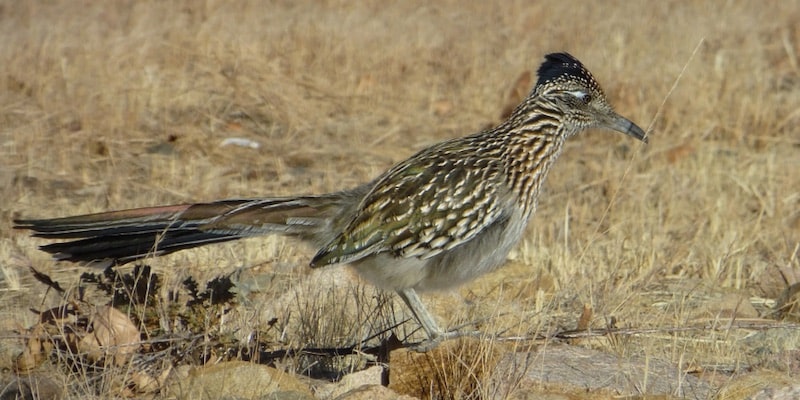
Shrubs or xeric thickets are desert regions, with very low precipitation rates and arid or semi-arid climates where it is very hot during the day and cold at night. Mexican deserts, however, can be very different from each other, depending on their geographical location.
The scarcity of water in these regions It is not an obstacle for plant life, which has adapted to these conditions and is abundant in low-lying species such as shrubs, cacti, chaparral and magueyales. Some have thorns, others thick and juicy leaves, or on the contrary very small and light, which they lose during a certain time of the year.
Animal life may be comparatively scarce, but there are numerous species adapted to the climate, such as roadrunners, coyotes, rattlesnakes, woodpeckers, tarantulas and other animals.
The bushes cover 29.7% of the Mexican surface (equivalent to 576,747 km2). Especially in the arid regions of the north of the country, such as Tamaulipas, Nuevo León, Chihuahua, Sonora or Coahuila, but they also have a presence further south, in specific regions of Puebla and Oaxaca.
The grassland
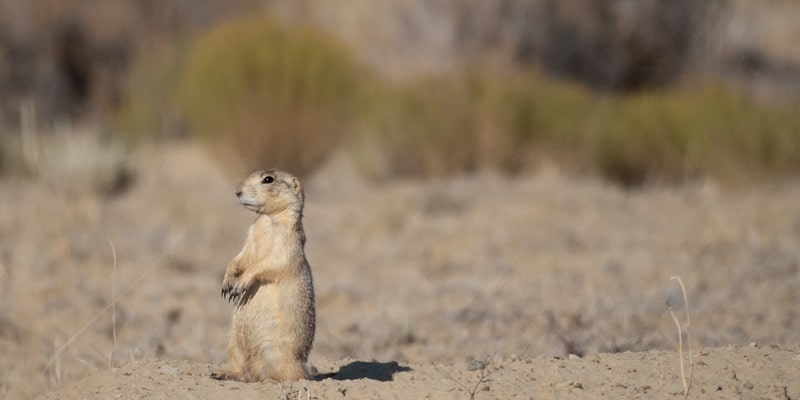
Equivalent to prairies, steppes or pampas, these regions abound in grasses, that is, herbs, trees and shrubs, such as huizache, mesquite and ocotillo. are semi-arid regions where it is very hot during the day and cold at night so a good part of the fauna leads a twilight life (that is, at dawn or dusk).
In Mexico, grasslands can occur in two conditions: in low, warm lands, or at the top of the paramos. Lack of soil moisture makes trees scarce and are scattered, while fauna remains relatively abundant: pronghorns, bison, black-footed ferrets, prairie dogs, quail and golden eagles are among the most common species.
grasslands occupy around 6.1% of the Mexican territory (equivalent to 118,320 km2), in regions with a temperate, cold and dry climate. They are especially abundant in the north of the country (for example in Chihuahua, Coahuila, Sonora, Durango, Zacatecas) and especially in areas between 1,100 and 2,500 meters high.
The dry jungle

Dry forests or low deciduous forests are regions in which The seasons occur in a very marked way, with little rain and conditions close to desertification. They are home to numerous endemic plant species, mostly small trees (less than 15 meters high) or medium-sized trees (between 30 and 15 meters high) that lose their small leaves during the winter and are filled, instead, with flowers. These jungles green up during the rainy season and are common to find at sea level although it is also possible to find them up to 1,500 meters high.
The apamate, the mulato hair, the copal and the bean are examples of native plant species, as well as the green iguanas, the long-horned bats, the pale chachalacas and a good variety of insects and reptiles make up the usual fauna of these regions.
In Mexico the dry jungles occupy around 11.7% of the territory (equivalent to 226,898 km2) and predominate in the Pacific coastal region, from southern Sonora and southwest Chihuahua to Chiapas, although they can also be found in the northern region of the Yucatan Peninsula.
Continue with: Climates of Mexico
References
- “The natural regions of our country” in the Campeche Education Secretariat of the Government of Mexico.
- “Mexico” in The Encyclopaedia Britannica.




